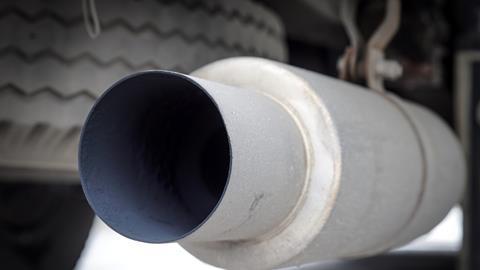NOx emissions from HGVs have been slashed by around 70% since 2013, according to the latest RHA research.
The fall is revealed with the publication of the association’s NOx Emissions Assessment 2023 which also projects that HGV-driven NOx emissions will have fallen by 80% in 2026.
The RHA said this week that it believes the improvements can largely be attributed to the introduction of cleaner Euro-6 trucks onto the UK’s roads in the last decade.
It adds that as the industry continues to transition to alternative fuel and battery-charged trucks in the years ahead, even greater reductions could be achieved.
UK NOx emissions from road transport in 2021 amounted to less than 19% - and less than 15% of that figure came from commercials vehicles.
However the RHA is calling on the government to help the haulage sector bear the cost of transitioning to cleaner trucks and fuels to help it go even further in cutting its emissions.
In a statement this week RHA said: “Progress has come at significant cost to the sector - with Euro-6 trucks more expensive than Euro-5. The RHA estimates that the industry has spent £2.2bn on upgrading fleets in ten years with an asset value loss in non-Euro-6 vehicles of £1.2bn.
The RHA is urging that lessons are learned from clean air zone policies where, it argues, vehicle life cycles and the needs of SMEs have largely been ignored.
Chris Ashley, RHA policy lead for environment and vehicles, said: “It’s vital that policy makers understand there are other factors that must be dealt with. Most pressing is how we manage our road networks to minimise congestion where there’s high pollution. This requires a fundamental change of approach nationally and locally.”
The RHA launched a #NetZeroForum this year to support the industry on its decarbonisation journey. It brings together a cross-representation of the RHA membership by transport mode, size, sector and the four UK nations to drive the RHA’s long-term contribution to achieving net zero.

















